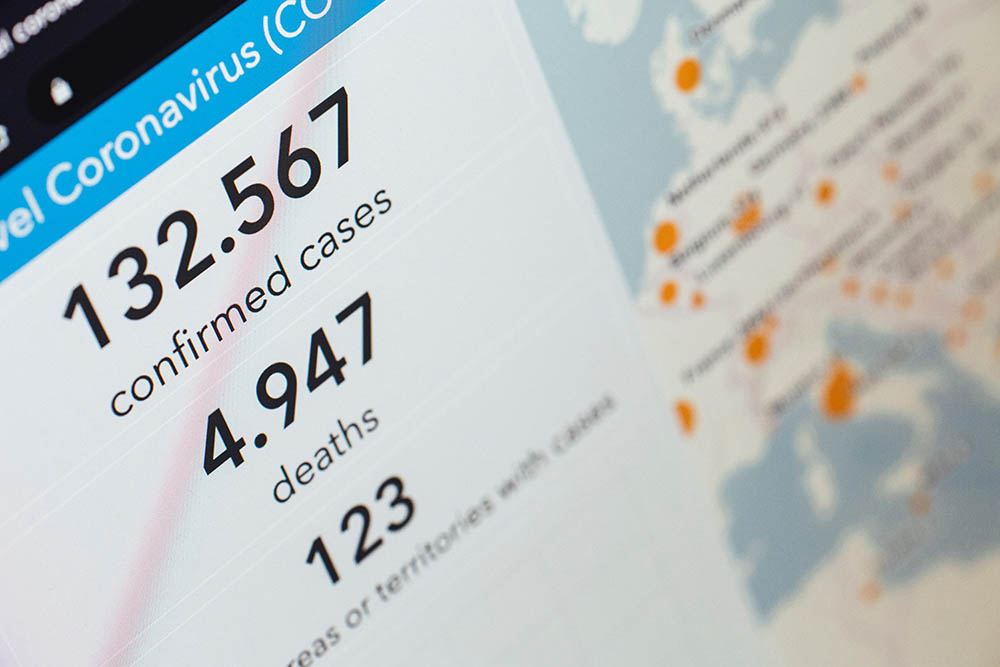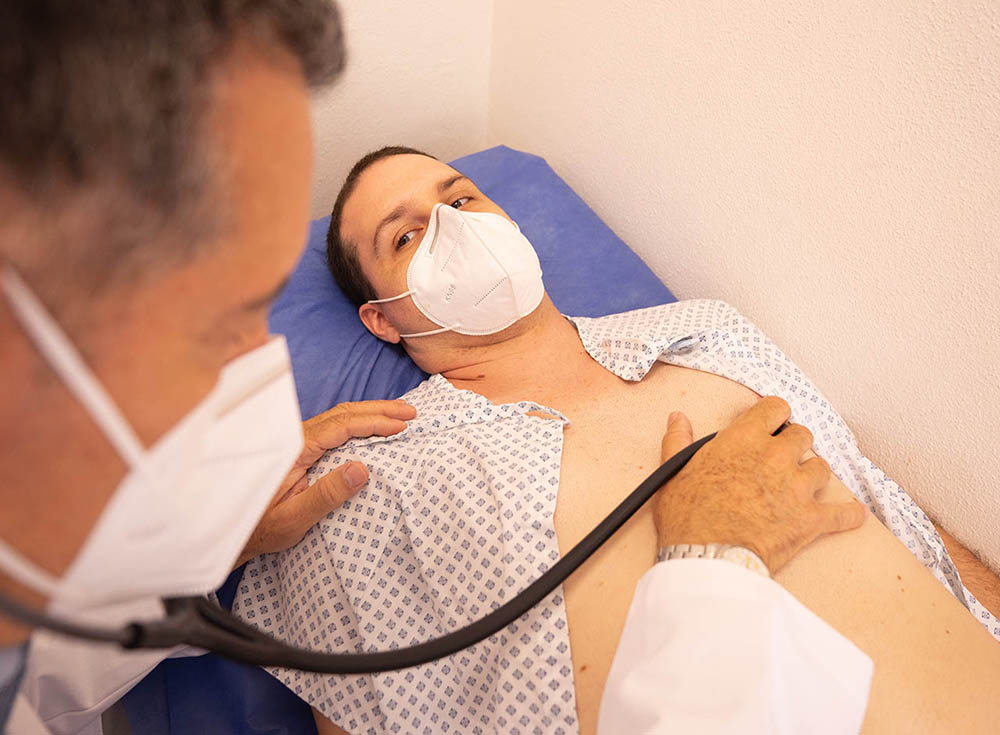Study into ‘long COVID’
Several studies have already been conducted to see if the Apple Watch and similar wearables can detect the symptoms of COVID-19. However, a new study takes a different tack: it has examined whether it is possible to determine the long-term effects of the disease. That turns out to be possible. Researchers at the Scripps Research Translational Institute in California focused on so-called ‘long COVID’.
Previously, the same team worked with 37,000 users of Apple Watch, Fitbit and similar wearables to detect symptoms. They used the MyDataHelps research app for this. In October last year, data from the wearables in combination with symptoms recorded by the people themselves led to the correct detection of cases of illness.


The emphasis is now more on the long-term effects. It turned out that there was a longer change in resting heart rate in COVID patients than in other viral infections. They also saw a drastic change in sleep and in number of steps per day. About 9 days after the participants noticed symptoms, their heart rates dropped. After that, the heart rate increased more and remained elevated for months, while other diseases did not. On average, it took 79 days to get the resting heart rate back to normal. In people without COVID, this was only 4 days.


Sleep and physical activity also took longer to get back to old levels. In a small group of 14%, the heart rate remained more than 5 beats per minute higher than normal. Only after an average of 133 days did the heart rate return to normal.
The research can be found here, but you can also read more at the New York Times.